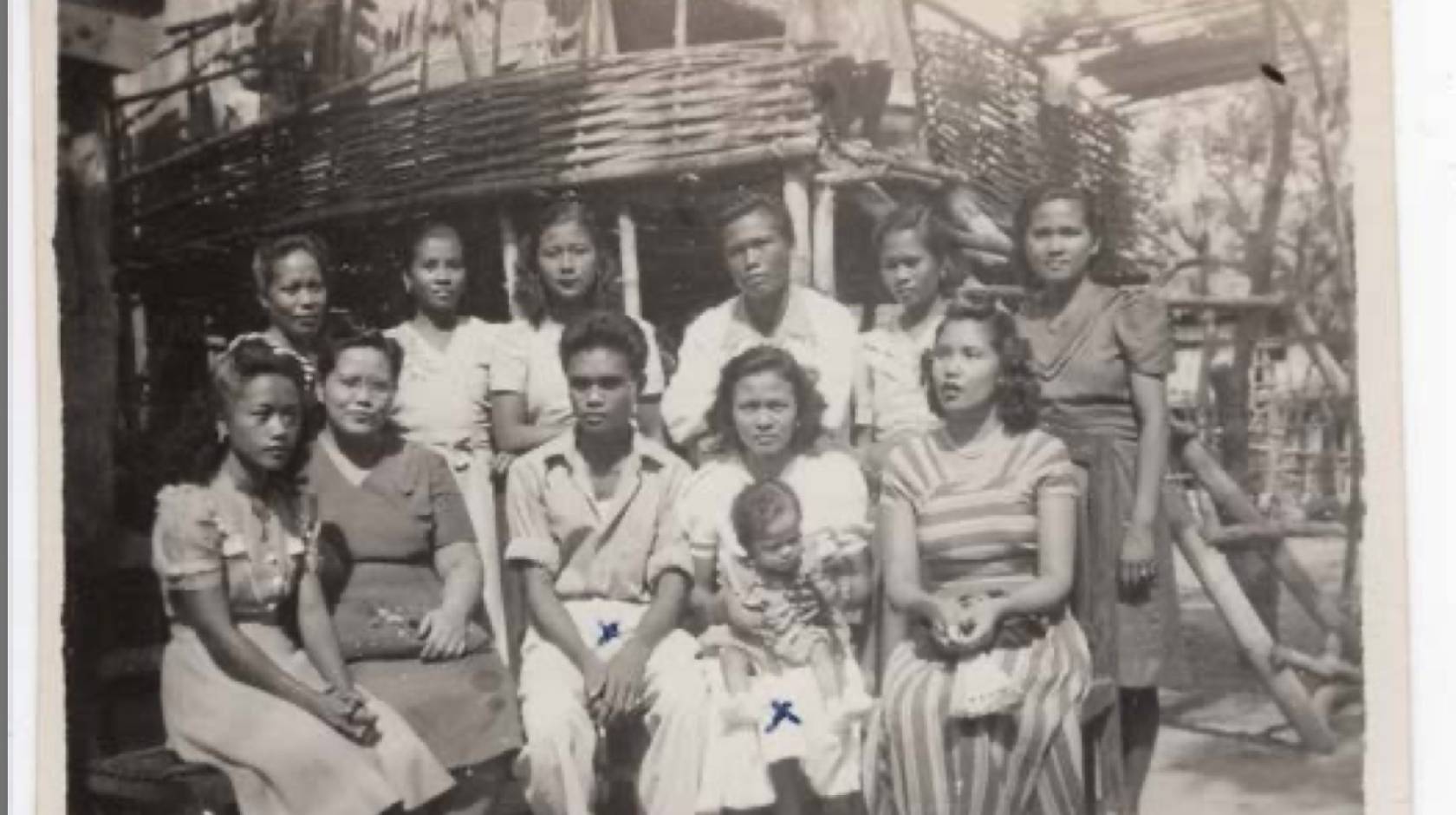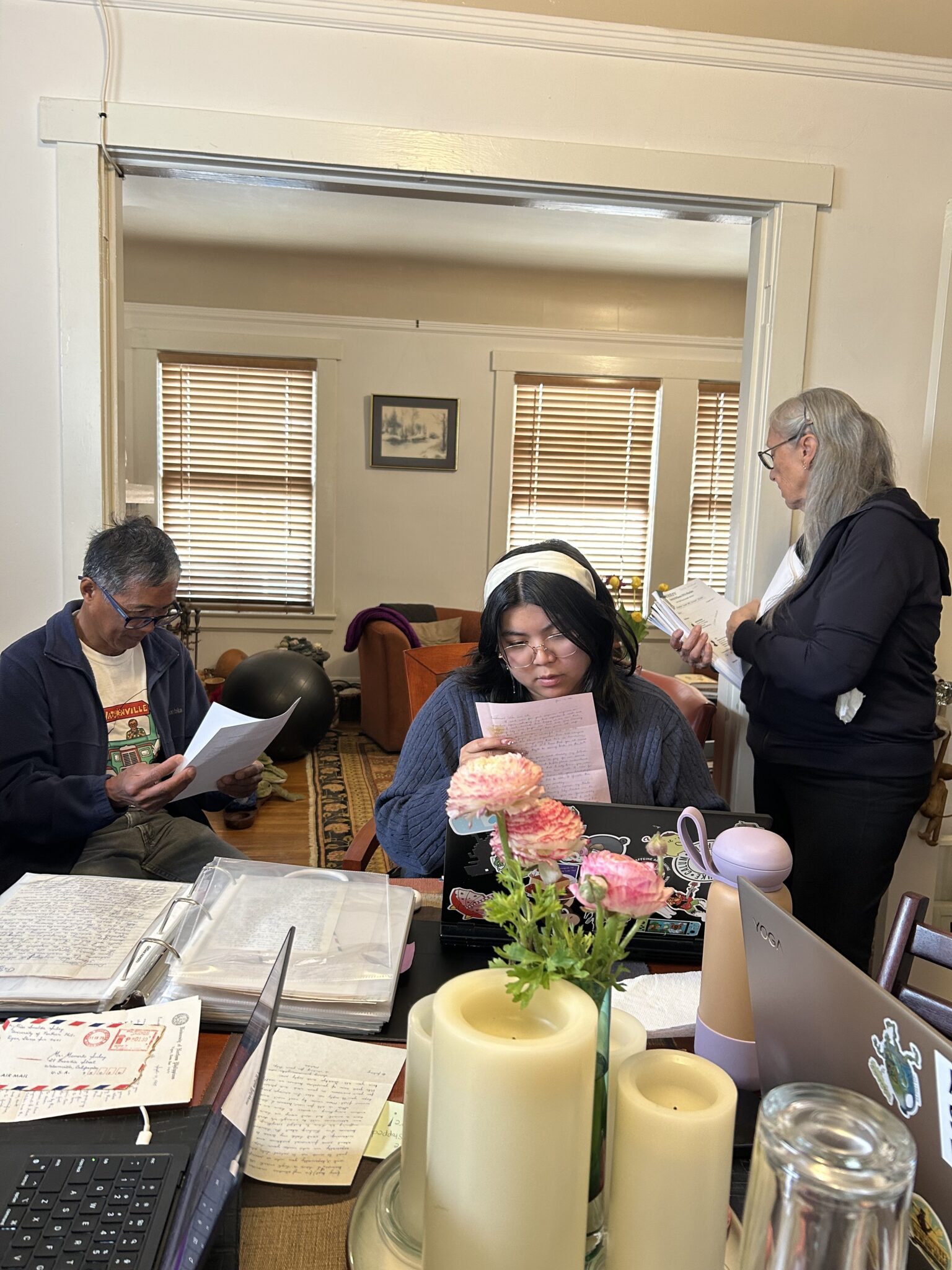Dan White, UC Santa Cruz

A new UC Santa Cruz initiative called “Saritaan” — meaning “to talk story” in Ilokano — is deepening the transnational ties between the northern Philippines and California’s Central Coast by preserving the untold migration stories of Filipino families.
Funded by the Henry Luce Foundation and housed at The Humanities Institute at UC Santa Cruz, Saritaan (pronounced sah-ree-TAH-ahn) builds upon five years of community-engaged research in the Pajaro Valley through the “Watsonville is in the Heart” (WIITH) project.
WIITH is a community-driven public history initiative to preserve and uplift stories of Filipino migration and labor in the city of Watsonville and the greater Pajaro Valley. Like Saritaan, it is housed within THI.
The next phase of Saritaan shifts the research focus across the Pacific, anchoring new efforts in the Ilocos Region of the Philippines — where many Filipino American migration stories begin.
Assistant Professor of History and WIITH co-founder Kathleen Cruz Gutierrez and Sociology Professor Steve McKay, director of the Center For Labor And Community, are co-PIs for this project.
Saritaan’s co-design was significantly shaped by Meleia Simon-Reynolds, a Ph.D. candidate in History at UC Santa Cruz and incoming postdoctoral researcher.
Simon-Reynolds, who will soon be a co-PI on the project, played a key role in conceptualizing its Philippines-based research, ensuring that it would reflect the lived realities of families on both sides of the Pacific.
Led by Gutierrez, McKay and Simon-Reynolds in collaboration with The Tobera Project and Pangasinan Polytechnic College in the Philippines’s Ilocos region, Saritaan will document oral histories, digitize family artifacts, and expand a growing archive that traces Filipino migration from rural Ilocos to the agricultural fields of California.
The project centers kinship, agrarian labor, and cultural continuity across generations and continents.
“This collaboration is not just about collecting oral histories; it’s about building meaningful connections between families and communities across the Pacific,” Gutierrez said. “Saritaan will help reconnect individuals who, despite their kinship ties, have never met.”

A journey of reconnection
Saritaan marks a new chapter at the intersection of Philippine and Filipino American studies, one that doesn’t just chart what happened after migration, but what was left behind and what remains connected, Gutierrez said.
By working closely with families in both the U.S. and Ilocos, the project captures a more holistic view of the sending families, Filipino American experience, and broader changes seen in the Ilocos region as a result.
The initiative also aims to bridge generational and geographical gaps. “By focusing on the migration stories between the U.S. and the Ilocos region, the project aims to bridge the divides that have separated these communities,” said Gutierrez. “It promises to honor and amplify Filipino American legacies, preserving them for future generations.”
“Saritaan is a great example of Humanities-based initiatives doing crucial work across the globe,” said Humanities Dean Jasmine Alinder. “By preserving the voices and memories of Filipino families on both sides of the Pacific, this project recovers vital and often overlooked histories while building meaningful connections between communities, institutions, and students.”
Transnational research and learning
Saritaan is not only an archive-in-the-making, but also a site of collaborative, student-driven research.
The project partners with Pangasinan Polytechnic College (PPC) — a newly launched Philippine institution modeled on the community college system in the U.S. — to involve students in oral history collection and archival work.
Graduate and undergraduate students from both UC Santa Cruz and PPC will be trained in humanistic methods, including oral history interviewing, community-driven and student-engaged research, and exhibit curation. These efforts aim to give students first-hand insight into how migration shapes identity, labor, and family life across borders.”The community drives the project’s aims and goals, while we engage and involve students in the research process,” McKay said.
The project has three main objectives: expand the WIITH digital archive by incorporating new materials from the Philippines; deepen institutional partnerships in Ilocos, ensuring enduring ties between families in California and their homeland; and provide hands-on, cross-cultural research training to students at both UC Santa Cruz and PPC.
Sharing stories with the public
Looking ahead, Saritaan will culminate in a traveling exhibition, scheduled to launch in 2029. Building on the momentum of WIITH’s 2024 exhibition Sowing Seeds: Filipino American Stories from the Pajaro Valley, which attracted over 6,000 visitors in just four months, the new exhibit will share personal migration stories and agricultural legacies with audiences in both the Philippines and the United States.
The exhibition will feature oral histories, family heirlooms, and contemporary art reflecting Filipino migration, labor, and life. It is especially designed to reach audiences in the Philippines who may be less familiar with the contributions of Filipino laborers to U.S. agriculture and the enduring cultural ties that migration has forged.
Honoring the Manong Generation and beyond
At its core, Saritaan is about reconnection — between generations, across oceans, and through memory. It honors the manong and manang generation — Filipino men and women who arrived in California in the early 20th century to work in agriculture and canneries and to promote and sustain lifeways — and brings their descendants into conversation with the families they left behind.
“This is a story of shared roots and ongoing journeys,” McKay said. “Saritaan ensures that these histories are not only preserved but actively shared, remembered, and honored.”
Saritaan is supported by UC Santa Cruz’s SEACoast Initiative, The Humanities Institute, and the Humanities Division, and the Center for Labor and Community, in addition to the Luce Foundation. Through this constellation of academic, community, and international partnerships, the project offers a powerful model for transnational public humanities work—grounded in story, kinship, and history.

